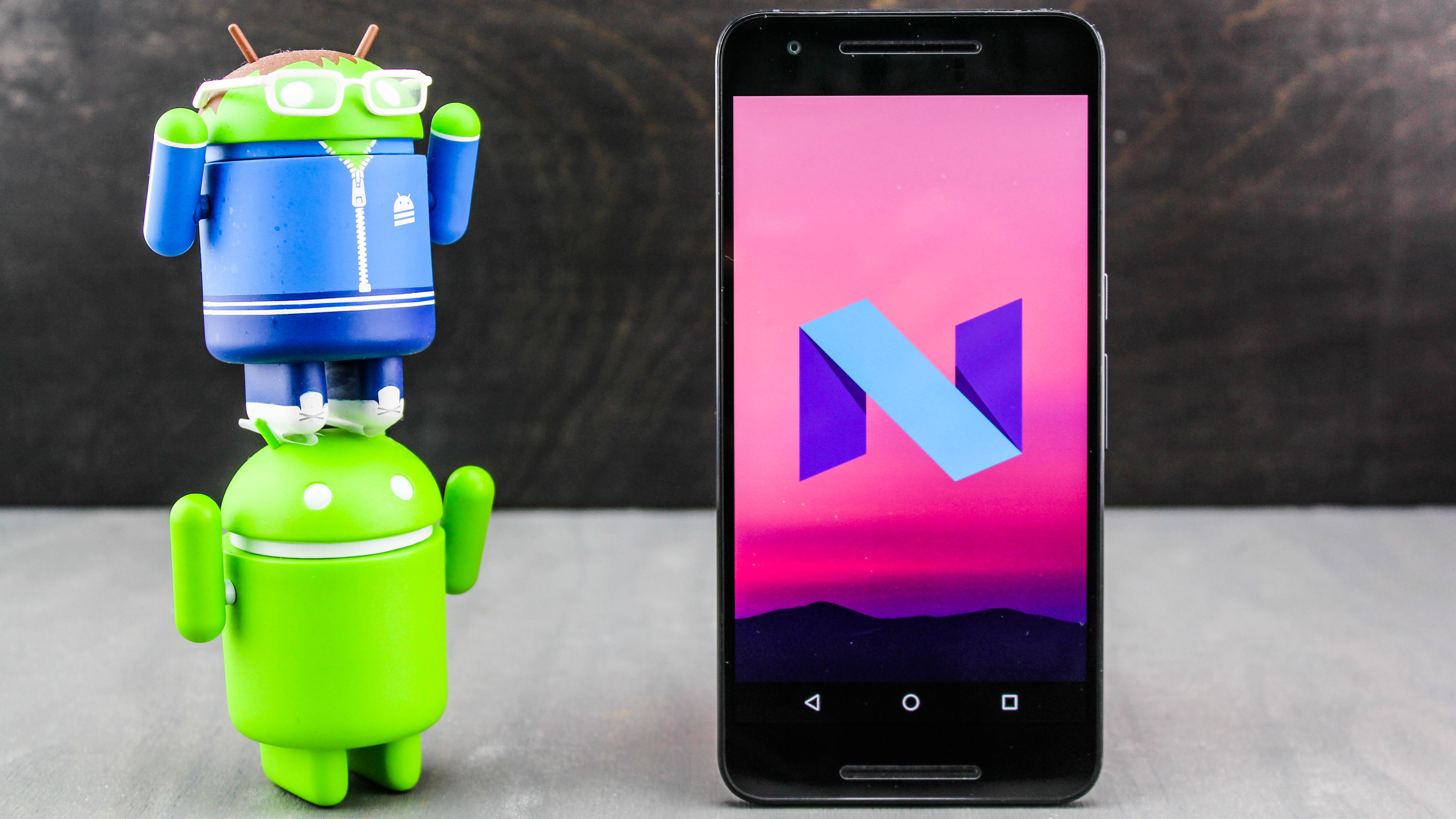Android won't compete with iPhone in one key area just yet

There's a lot that the best Android phones can do that the iPhone cannot, but one feature Apple likes to tout is 3D Touch, and it may remain missing in action on most Android devices.
Google's own pressure-sensitive touchscreen technology has been delayed from the Android N update, at least initially, and will be added in a future incremental operating system update, reports Recode.
This disappointing news contrasts with all of the Android N rumors that cited 3D Touch-like code within Android N Developer Preview 2 as proof that it's coming as part of the new update. Google pretty much confirmed it, too.
Now, it seems unlikely that next week's Google IO 2016 keynote will tease software that enables future Android displays to tell the difference between light and firm pressure levels.
Why this Android Force Touch is important
Just because Google is said to be postponing its take on 3D Touch doesn't mean phone makers can't implement their software and hardware combination today.
In fact, a few Android phones have done just that already, including the Huawei Mate S and the ZTE Axon Mini (but only the more expensive Premium Edition version).
Google, however, can be the catalyst that helps phone and tablet manufacturers accelerate implementation of such a feature by baking the code into Android N system-wide.
Sign up for breaking news, reviews, opinion, top tech deals, and more.
This is exactly what happened a year ago when Android 6.0 Marshmallow added fingerprint recognition through a standard API. Now it's a feature among more Android phones than ever.
Delay not the end of the world
3D Touch made its debut in the iPhone 6S and iPhone 6S Plus and Apple will likely to enhance its capabilities in its iOS 10 update next month at its WWDC 2016 keynote.
However, any honest iPhone owner will tell you that as much as Apple likes to highlight its "invention" of pressure-sensitive screens, it's by no means a game changer.
Actually, 3D Touch can be a hassle to get used to when the screen can't tell when you want to light press to begin to copy-and-paste an email address, or press harder to bring up a shortcut menu to add them to your address book.
Apple seems to be the one working out all the kinks, for once, and Google will almost certainly play clean-up by implementing it in a future Android N update when there are more uses behind the idea.
- What we will see at Google IO: Android VR
